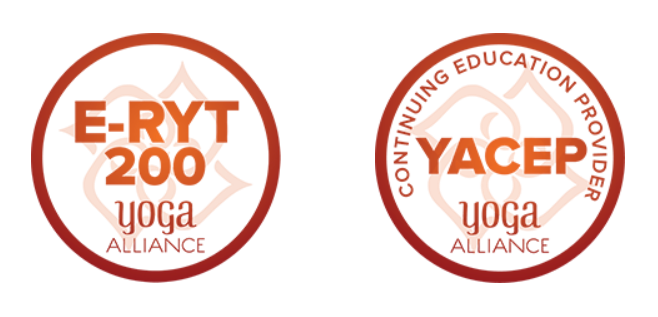
Course Description
The primary aim of this course is to demonstrate the wide valency of the term “yoga” in a Buddhist context. Students will encounter a wide variety of practices that are termed yoga in a traditional context, but that are often distinct in appearance from the idea that this term conjures up today. We will also query the motives for practicing yoga: why is yoga performed; what is the primary aim of the practitioner?
We will undertake this investigation by looking at four kinds of yoga, divided into four modules. These are Yoga as Visualization, Yoga as Ritual, Yoga as Behavior and Yoga as Postural Practice. We will be especially concerned to ask who performed these yogas. Was it monks? Was it mostly yogins living on the fringe of society? What was the availability of these practices to women in the premodern context? Who practices these yogas in a traditional context today?

Course Modules
Module 1 — Yoga as Visualization
Module 2 — Yoga as Ritual
Module 3 — Yoga as Behavior
Module 4 — Yoga as Postural Practice
Students Will Receive:
- 4 Pre-recorded Video + Audio lectures (90 min)
- 4 Pre-recorded Q&A sessions (90 min)
- 4 BS Credits
- 12 Hours of CE credit with YA
- Course Syllabus (PDF)
- Weekly Readings (PDF)
- 4 Multiple Choice Quizzes
- Yogic Studies Certificate (PDF)
- Access to the private Community Forum
Dr. Samuel M. Grimes
Shinjo Ito Postdoctoral Fellow in Buddhist Studies, University of California, Berkeley
Samuel M. Grimes is scholar of South Asian Buddhism and Hinduism in the medieval and modern periods, with a specialization in the tantric traditions of Nepal, and with broader interest in historiography and ritual studies. Nepal is host to the only place in Asia with unbroken traditions of Buddhism and Hinduism existing side-by-side, and as a result the two religions there exhibit a high degree of exchange. A scholar must be expert in both to study either. Grimes works with the primary texts of these traditions directly, reading in Sanskrit, Newar, and Tibetan, frequently consulting sources that are only preserved in handwritten manuscripts.
Dr. Grimes’ research into yoga primarily involves an investigation of Vajrayāna, tantric Buddhism. This research ranges from purely textual studies of premodern texts to on-the-ground ritual training in Nepal. He is especially interested in the dynamic interactions between the visualized objects and somatic activity in ritual practice. He has conducted extensive ethnographic fieldwork with the Newar Buddhists of Kathmandu, who practice the only living Buddhist tradition that still conducts all ritual and preserves all liturgy in Sanskrit.
This course is eligible for 12 hours of Continued Education (CE) credits with Yoga Alliance

Stay Informed
Sign up for the Yogic Studies mailing list to find out first about upcoming courses, podcast episodes, promotions, events, and the latest research delivered straight to your inbox.

